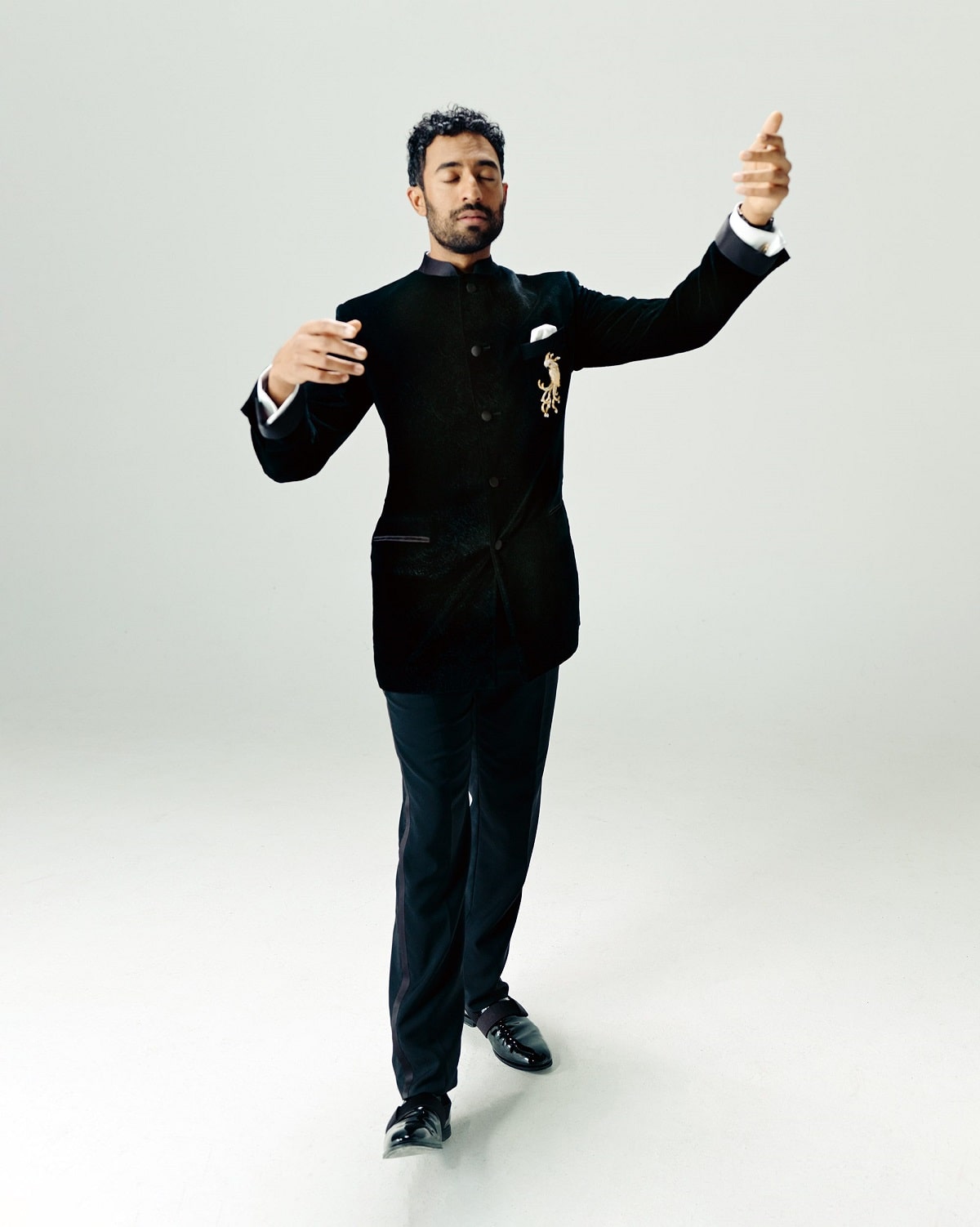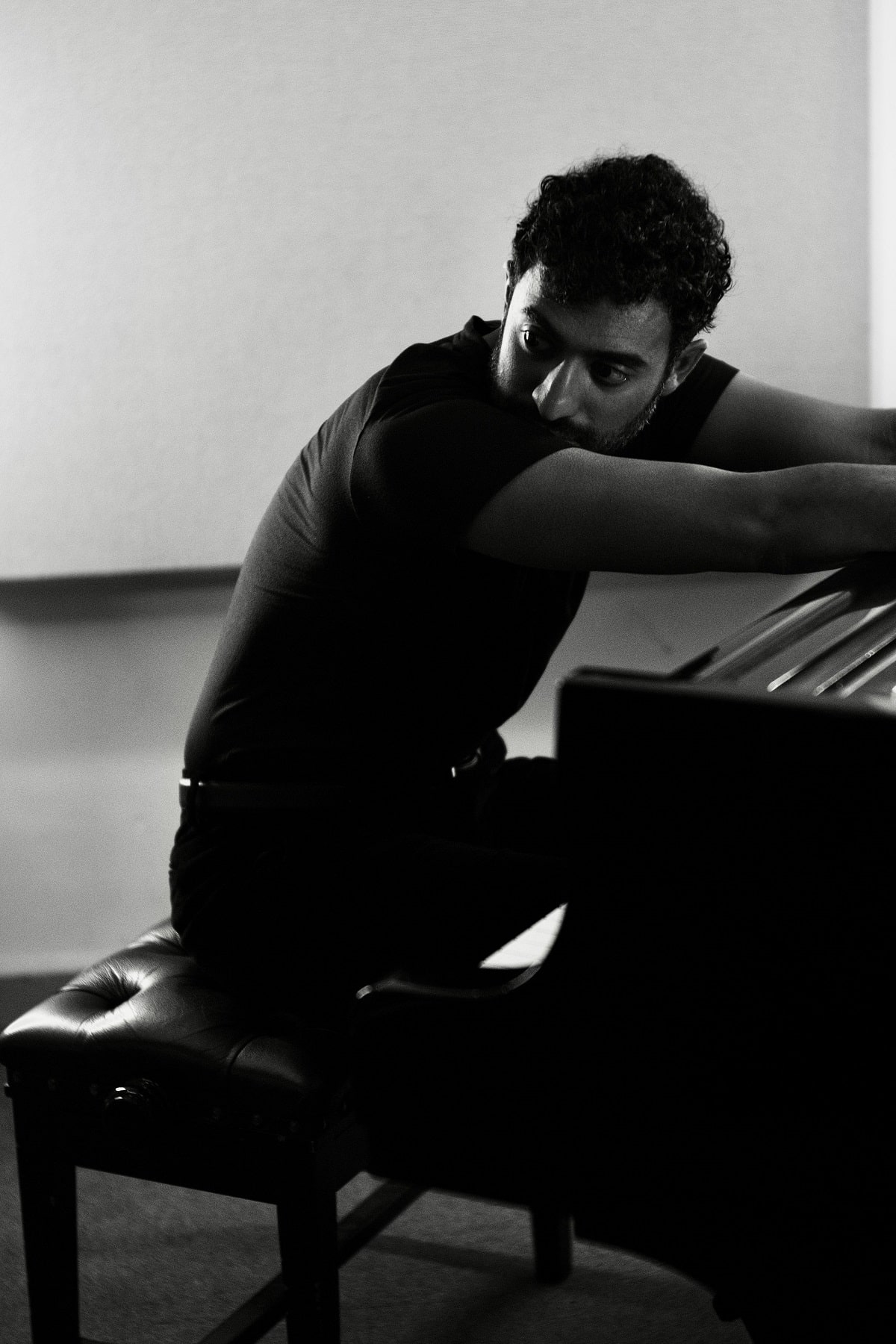1
HOME > Trends >
HOW CLASSICAL MUSIC’S STYLE HITS THE WRONG NOTE
SHOULD THE CLASSICAL MUSIC WORLD BECOME MORE IMAGE-CONSCIOUS?
Written by Samuel Walters in Trends on the 15th March 2023

Are we too concerned about image these days? Politicians are routinely accused of caring more about image than Policy. Instagram and social media are forever being blamed for causing teenagers low self-esteem and problems with their body image. The general consensus is that all this fretting over image is not a positive development. But there’s one sphere of life in the UK that I think could actually do with becoming more, not less image-conscious: Classical music.
Not a year goes by without reports of the existential struggles of the Classical world. Cuts to annual funding from Arts Council England are always rearing their ugly head, and every year orchestras and concert halls are pushed to the brink of survival. Personally, I think what’s needed is to send in an image consultant.

I’m now in my mid-thirties and I grew up listening to almost every sort of music except for Classical. As my interest in the genre has developed, one of the things I’ve struggled with most is the image the music has. I know that might sound pathetically shallow, but it’s true. It’s really not easy to listen to something refined and sophisticated and then realise that every last one of the performers look like they are members of the school chess club. It doesn’t matter that the concert halls are architectural marvels and that the works are all masterpieces because as a tribe, Classical musicians are about as aesthetically appealing as train spotters.
I don’t think my perspective here is unique. If you mention Classical music to most people, including those who are reasonably cultured and well-educated, the first thing that will probably come into their heads is some sweaty loon of a conductor getting in a tizz on the rostrum as he constantly fights to keep his frizzy hair out of his eyes. Either that or they’ll picture ranks of violinists in thick glasses and clip-on bowties who look like they’re off to some sort of crossword convention.
Classical music has a major image problem, and I seriously believe that this is what holds it back in this country. You might feel that music is about the way something sounds, not the way it looks. It’s music, after all, not a fashion parade. But in every other musical genre, we find that sound and image are, without fail, pleasingly intertwined. All soundscapes have their compelling visual counterparts, do they not? Think of Punk and its raw violence that was perfectly sartorially represented by the pink mohicans, ripped denim, safety pins through noses and all that Vivienne Westwood clobber. Or think of Disco and its sensuous energy, manifest through silky open shirts, glistening medallions and swishing flares. What would K-Pop be without its bubble-gum aesthetic? Imagine Hip-Hop without the bling and the sportswear. And where would Jimmy Hendrix have been without his purple haze of a wardrobe? Would Metal have flourished without all the big hair and leather? Would Elvis have triumphed without the greased quiff and his raunchy swagger? And can you imagine Miles Davis and the Jazz scene without the poise and elegance?

We know that we shouldn’t judge a book by its cover, but at the same time our vision is our primary sense. We can’t just dismiss visual data. When we listen to music, we don’t just listen. We look and feel too. We gain pleasure from the whole experience and atmosphere, including the sense that our own identity is in some way connected with it all; we like to feel that we are as glamorous, or rebellious, or cool, or ballsy, or sexy or chic as the performers we are watching. So it’s perfectly natural to cringe a little bit at the image of the Classical world in the UK. The music can be as exquisite, soul-searching or fiery as you like, but that’s very hard to reconcile with the fact that everyone on stage – or in the video of the performance or on the album cover – looks like they belong in the maths cupboard.
The good news is that Classical music has a sartorial saviour. He’s called Cyrill Ibrahim and is a British-Dutch pianist who was named one of Tatler’s 25 Best Dressed 2022. The point about Ibrahim, though, isn’t that he’s just some well-dressed bloke who happens to play the piano. He is one of the very few Classical musicians doing what musicians of all other genres seem to do as a matter of course – bringing sound and image together. When you see him lounging about in a velvet jacket and polo neck, or sipping an espresso in a three-piece suit, or sat reflectively at the piano in a well-chosen tie and cardigan, it’s something of a eureka moment because suddenly the whole thing makes sense. Here is someone who looks as elegant and polished as the music he plays. Here, finally, the way the music makes you feel and the way the performer looks are all combined in (excuse me for this one) perfect harmony. More of this is what Classical music needs today to have greater appeal and to make it a more commercially viable genre.
And it really shouldn’t be too difficult to affect this transformation. Just look at the Art world. Everyone wants a piece of it! No struggles for survival there. On the contrary, people are happy to spend eye-watering sums on paintings and to spend hours in galleries. Last year, the rapper Skepta sold the amateur daub he did whilst bored during Lockdown for just shy of £100,000 at Sotheby’s. And what’s the key to Art’s success? Whether it’s the contemporary edginess of Banksy or the Old Guard charm of Gainsborough, the trendy little galleries in East London or the smart establishments of Mayfair, Art is always stylish. It never makes you cringe. Even going to look at a load of medieval religious paintings comes with a sort of street cred. The people who look around galleries are stylish. The painters and sculptors are stylish. Even the artists who make those abstract, enigmatic collections of peculiar bits and bobs are stylish. In truth, it’s all so stylish that the Art world can be infuriating at times, with an absurdly inflated opinion of itself and the profundity of its offering to the human race. But for all that, it’s certainly not in a commercial pickle.
So never mind the grass roots music education programmes and the Arts Council funding, make the Classical world more aesthetically appealing and give it some swagger and people will come running. The truth is, image matters more than we may care to admit.
Trending
2
3
4
5
6
7
8
9
10









